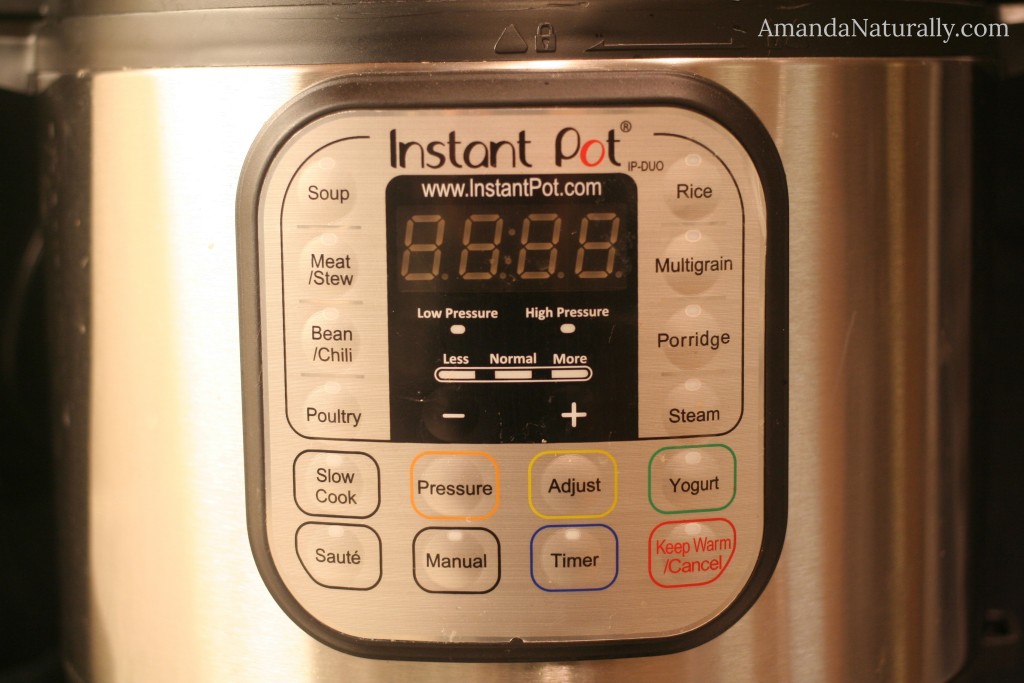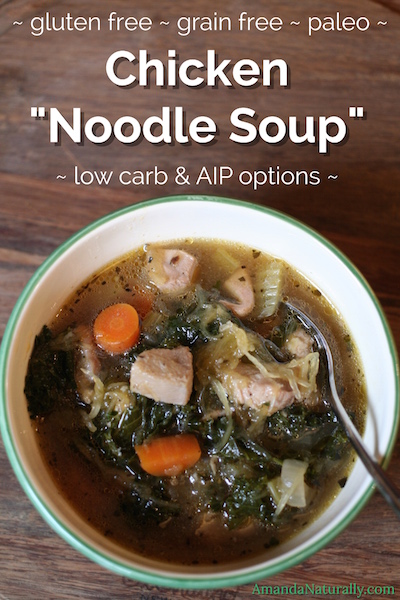 Anyone else love chicken noodle soup? I certainly do. It reminds me of when I was a kid and my mom would make it to make me feel better!
Anyone else love chicken noodle soup? I certainly do. It reminds me of when I was a kid and my mom would make it to make me feel better!
Unfortunately, most chicken noodle soups out of a box or can are full of junk. And for those of us who don’t tolerate gluten or grains, even the homemade kinds can be off limits.
So today I want to share with you a few tweaks to the standard chicken noodle soup recipe, that can make it allergen friendly and a super food!
1. Use Bone Broth!
I can go on and on about the health benefits of bone broth…oh wait, I already have. Check out my post on why making bone broth is one of the best habits you can get into!
If you can’t (or won’t) make your own broth, or you run out, you can use boxed broth. Keep in mind though that boxed broth is purely for flavour and won’t have any health benefits. In fact, many contain hidden ingredients like gluten and nightshades, so if either of those foods are a problem for you, make sure to do your research and get a quality broth.
If you want bone broth, but you don’t have time to make it, either get yourself a pressure cooker (this is the one I have and LOVE) or buy it from one of my favourite local companies – Eat Savage.
2. Use a Noodle Alternative!
My favourite option are spaghetti squash (as shown in the recipe below) or plain white rice. You can use zucchini noodles (a spiralizer helps a ton during prep) but they don’t stand up over time, especially in the freezer, the way rice and spaghetti squash do. If you do want to use zoodles, I recommend making the soup without them, and a few minutes before you’re about to serve, or while you’re reheating it, throw them in.
Quick note re. spaghetti squash. It takes about 45 minutes or so to roast – see squash tutorial for tips and tricks. But it only takes 5 minutes in the Instant Pot – another reason I love this gadget. Simply slice in half, remove the seeds and place in the Instant Pot with 1 cup of water. Set to manual for 5 minutes and let it do its thing. Use the quick release method when the 5 minutes is done!
What do I think of gluten-free noodles? Well, anything that’s trying to be something that it’s not, isn’t something that belongs in the diet on a regular basis. Gluten-free products, dairy-free milks – they don’t have any health benefits, and they sometimes come with negative ones (refined starch, gut irritants, additives, thickeners etc.). So if you must use gluten-free noodles, make sure to get ones that are as simple as possible. My favourites are Korean sweet potato noodles (found at Asian markets) or plain white rice noodles (vermicelli). Watch out for gluten-free noodles that use corn, quinoa and brown rice if you’re sensitive to whole grains (like I am!).
3. Add in veggies!
Many chicken noodles soups are just that, chicken + noodles + (store-bought) broth. Some have a few carrots or onions, if you’re lucky. Buck the trend and fill it with veggies! Stick with classic soup veggies like carrots, onions and celery (just use a ton) or take it to the next level and throw in some kale! I love using kale in soups because it doesn’t get slimy like spinach does. If you’re feeling adventurous, try adding some seaweed for a super hit of minerals and some thyroid love.
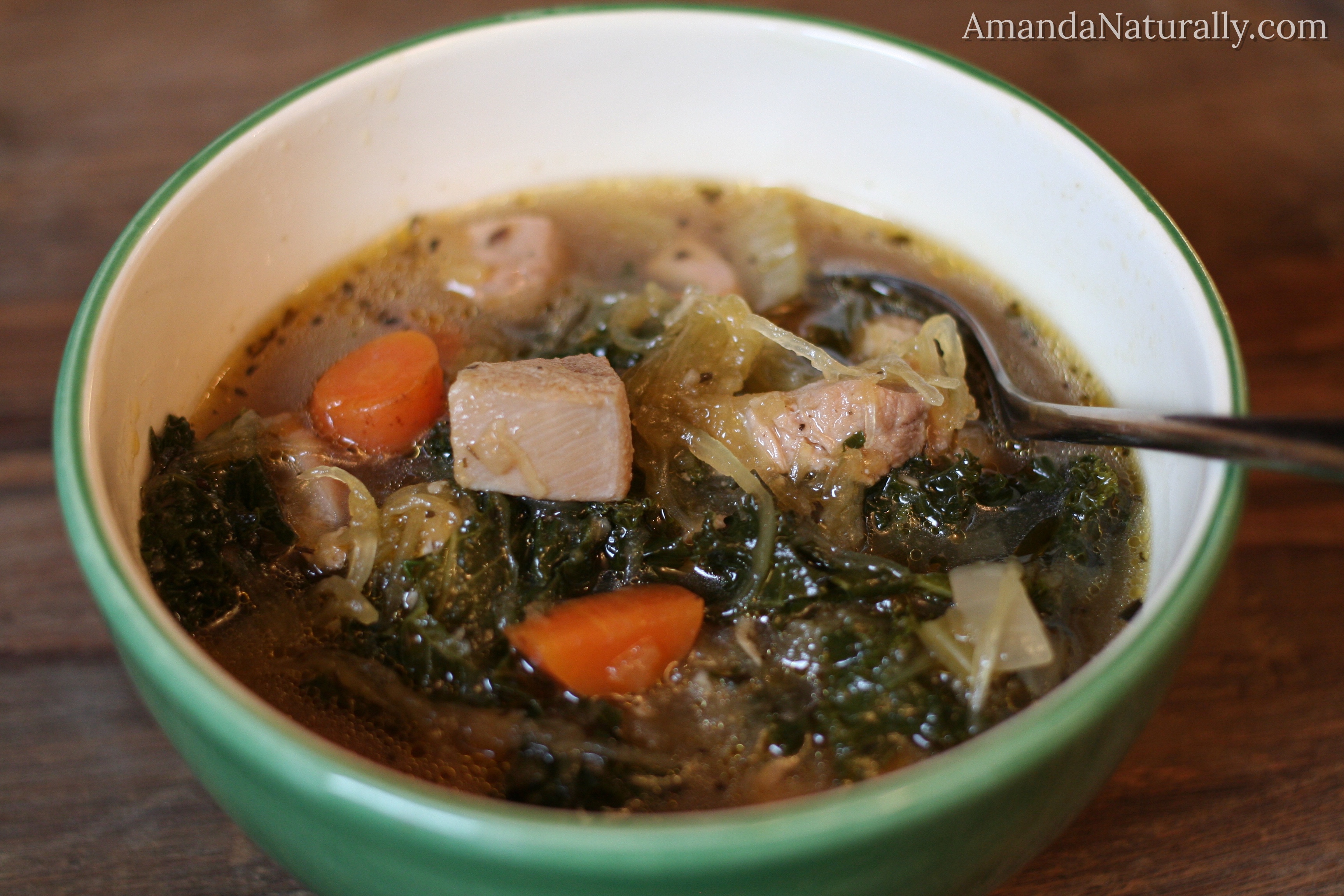
Chicken “Noodle” Soup
So without further ado, I give you my recipe for chicken “noodle” soup. It’s based on the recipe my mom used to make when I was a kid… it’s just been amandanaturalized as she likes say!
- 2 tbsp olive oil (or other healthy fat - butter, ghee, lard, tallow, avocado oil)
- 2 onions, diced
- 2 cups carrots, chopped
- 2 cups celery, chopped
- 4-5 cloves garlic, minced
- 8-10 cups bone broth (or broth + water combo)
- 2 bay leaves
- 2 tbsp basil
- sea salt to taste
- 3 lbs chicken thighs, cubed (about 6 thighs)
- black pepper (optional)
- 1 head of kale, roughly chopped
- 1 spaghetti squash, cooked and shredded
- ¾ cup white rice (+ 1 extra cup water)
- 2 cups gluten-free noodles (preferably white rice vermicelli or sweet potato)
- zucchini noodles
- Heat olive oil in a large pot, over medium heat.
- Sautee onions, celery and carrots for 10 minutes, stirring occasionally.
- Add in garlic, cook for 1 minute, stirring frequently.
- Add broth (and water if using), bay leaves, basil, sea salt and pepper. Bring to a boil.
- Once the soup is boiling, add in raw chicken cubes. Bring to a boil.
- Reduce heat and simmer for 30 minutes.
- Add chopped kale 5 minutes before serving.
- Spaghetti squash noodles - add in 5 minutes before serving.
- White rice - add in 15 minutes before serving, with an extra cup of water.
- Gluten-free noodles - add in according to package instructions (2-10 minutes, depending on time)
- Zucchini noodles - add to bowl before serving soup. Only spiralize enough for each serving. Freeze/store soup without zoodles. Add raw zoodles each time before you reheat!
- Raw chicken is easiest to cube when it is still partially frozen.
- Boneless, skinless chicken thighs are easiest to manage, but a little more expensive than bone-in, skin-on. Chicken breasts work as well, but aren't as tender in the soup.
- You can add the raw chicken directly to the soup! As long as it cooks at a boil/simmer for 15 minutes or so. I know it seems risky, but it's totally safe!
- This recipes freezes really well - especially if you use the white rice or spaghetti squash option for noodles.

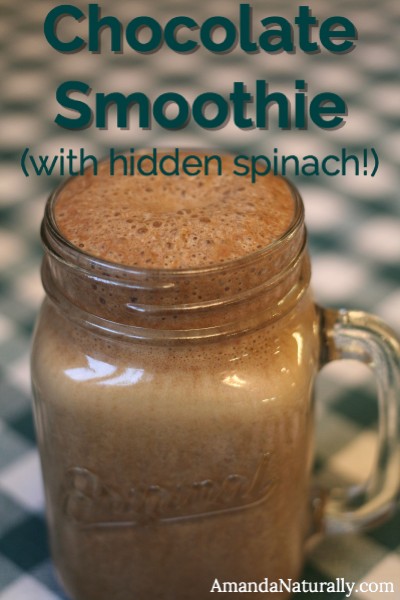 Ah the smoothie. The breakfast that always sits on a pedestal. Even if it’s full of crappy ingredients, the word “smoothie” always brings to mind healthy, fit individuals. Is that legit? Well, in some cases maybe – so let’s sort out all the info.
Ah the smoothie. The breakfast that always sits on a pedestal. Even if it’s full of crappy ingredients, the word “smoothie” always brings to mind healthy, fit individuals. Is that legit? Well, in some cases maybe – so let’s sort out all the info.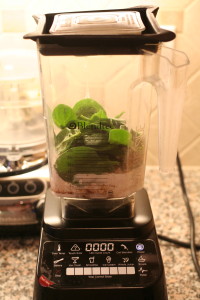 Omega-3’s! I hate to break it to you, but the type of omega-3 found in flax seed is ALA and unfortunately, that’s not the form our bodies need. We need EPA and DHA. Sure we can convert some ALA to the usable forms, but at the rate of 0.5-2%. So yeah, not very efficient. One bite of salmon gives you the same amount of omega-3’s as a whole whack of flax.
Omega-3’s! I hate to break it to you, but the type of omega-3 found in flax seed is ALA and unfortunately, that’s not the form our bodies need. We need EPA and DHA. Sure we can convert some ALA to the usable forms, but at the rate of 0.5-2%. So yeah, not very efficient. One bite of salmon gives you the same amount of omega-3’s as a whole whack of flax.

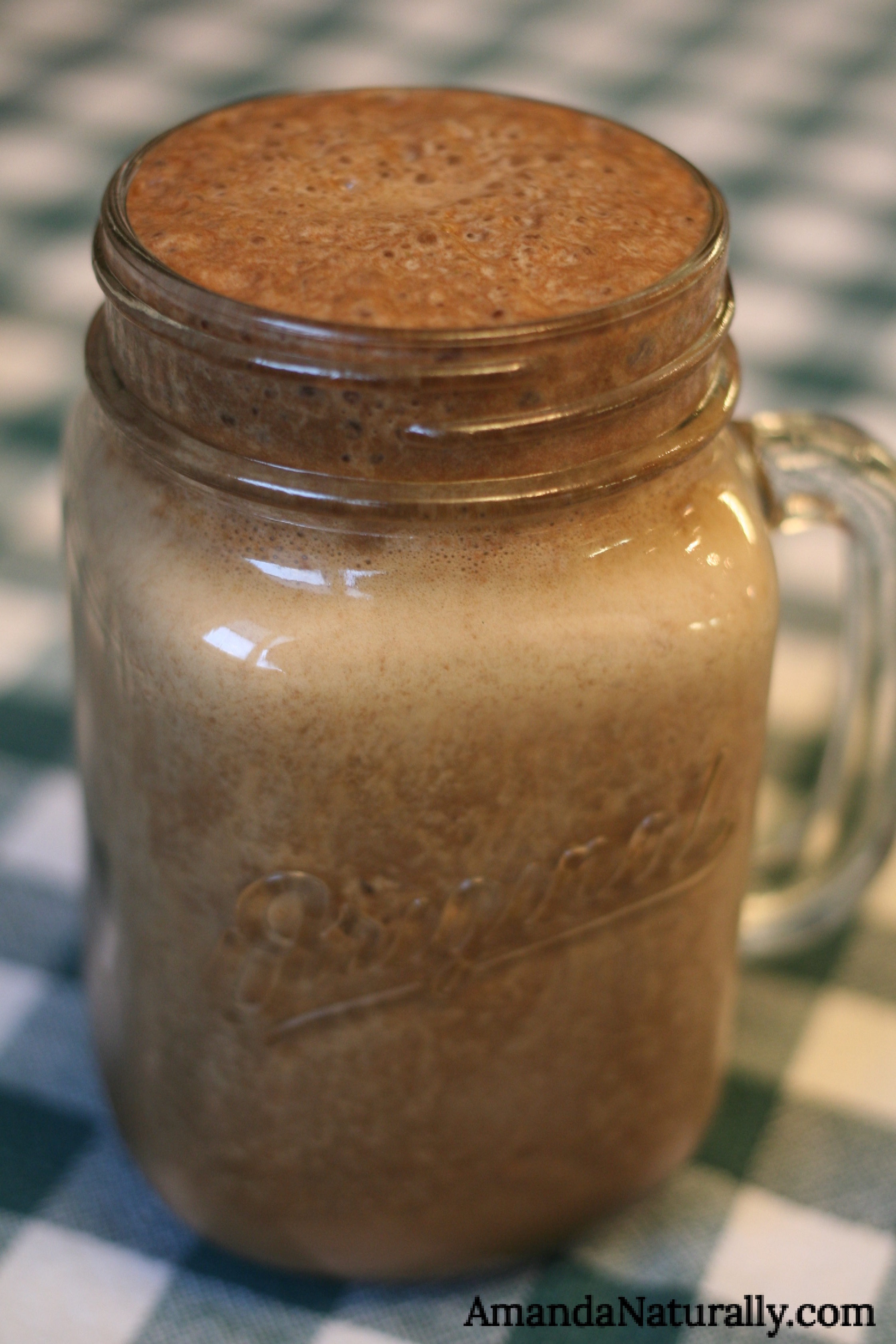
 I’ve had a lot of people recently ask me how I keep
I’ve had a lot of people recently ask me how I keep 